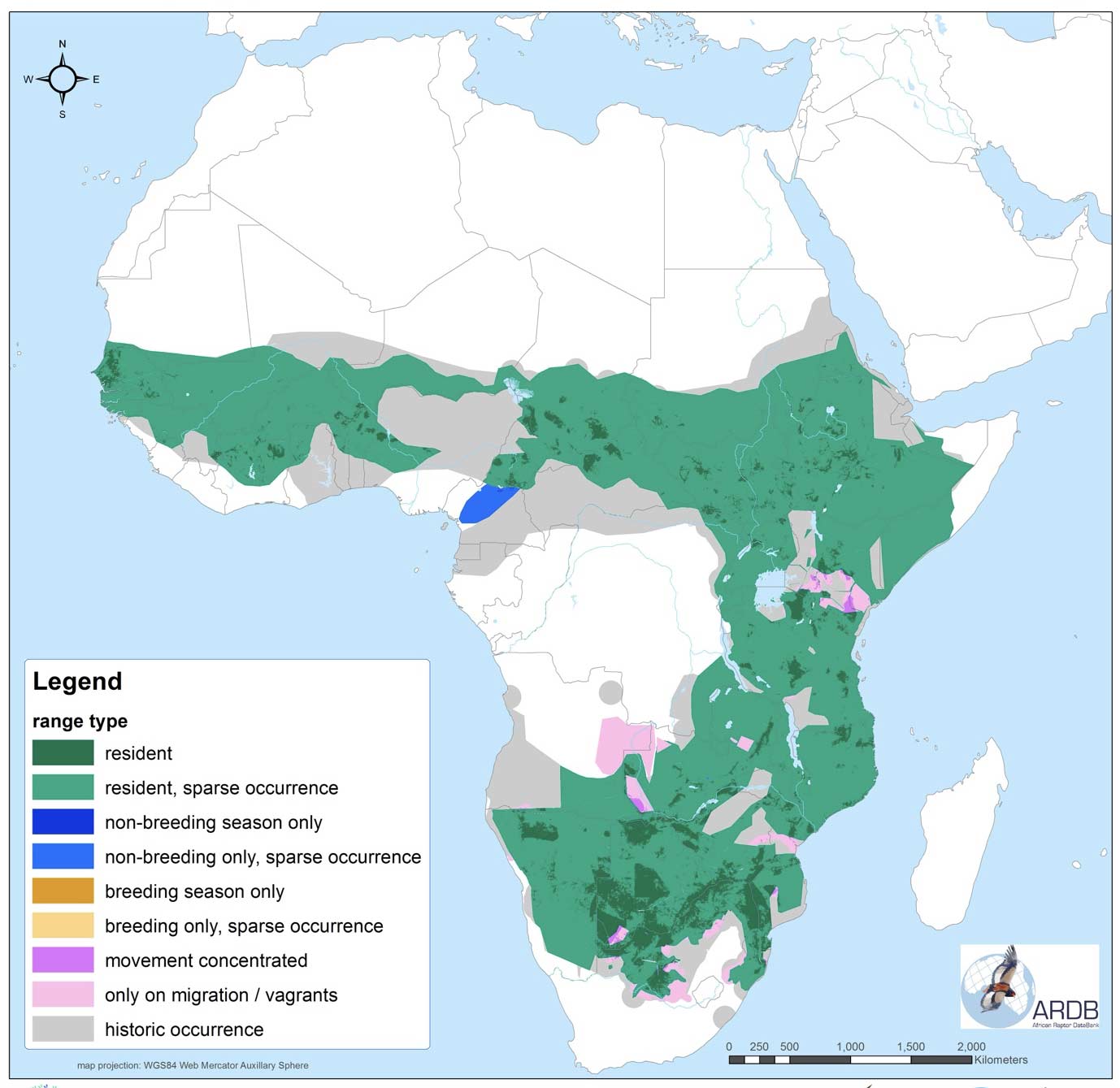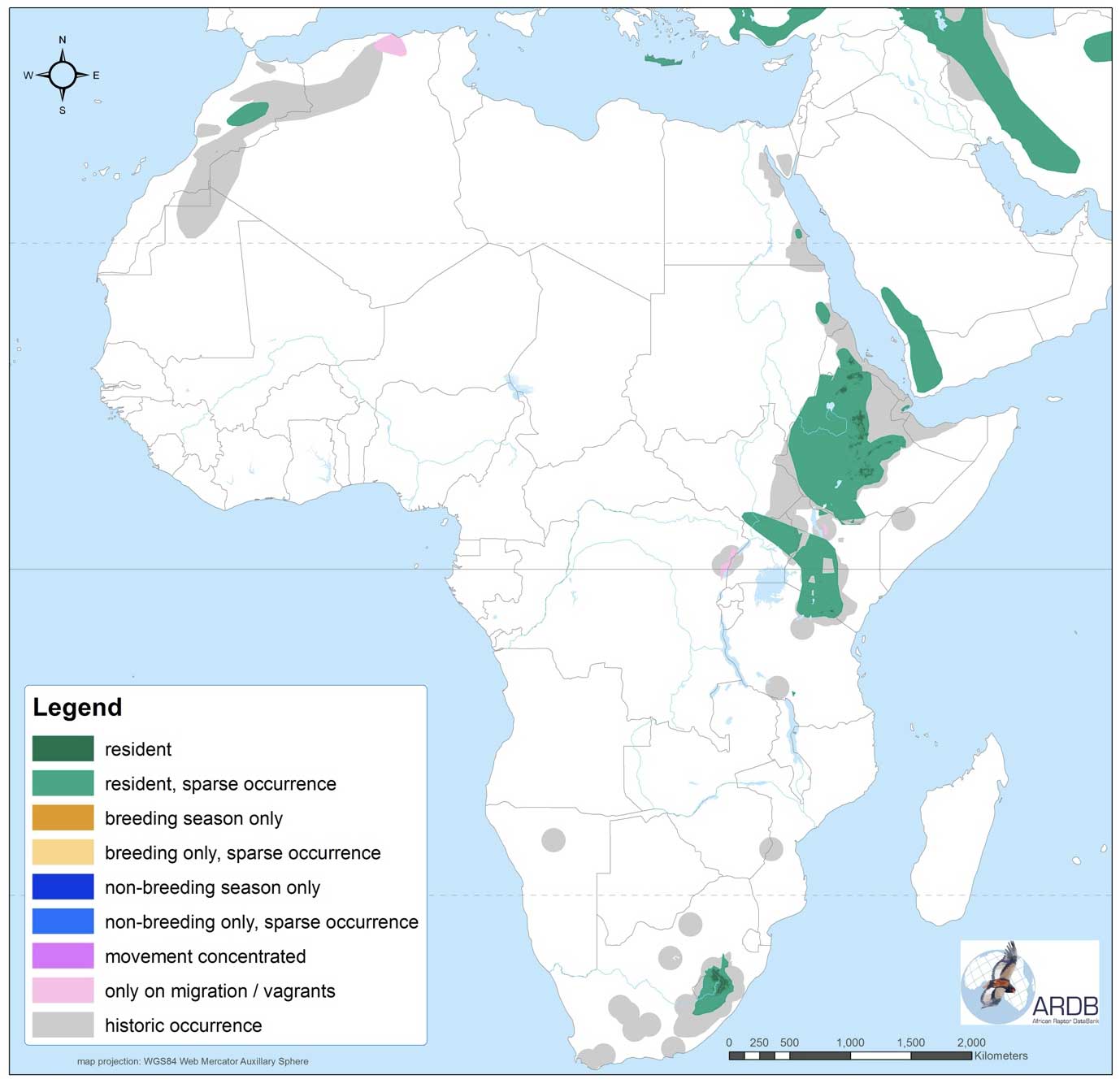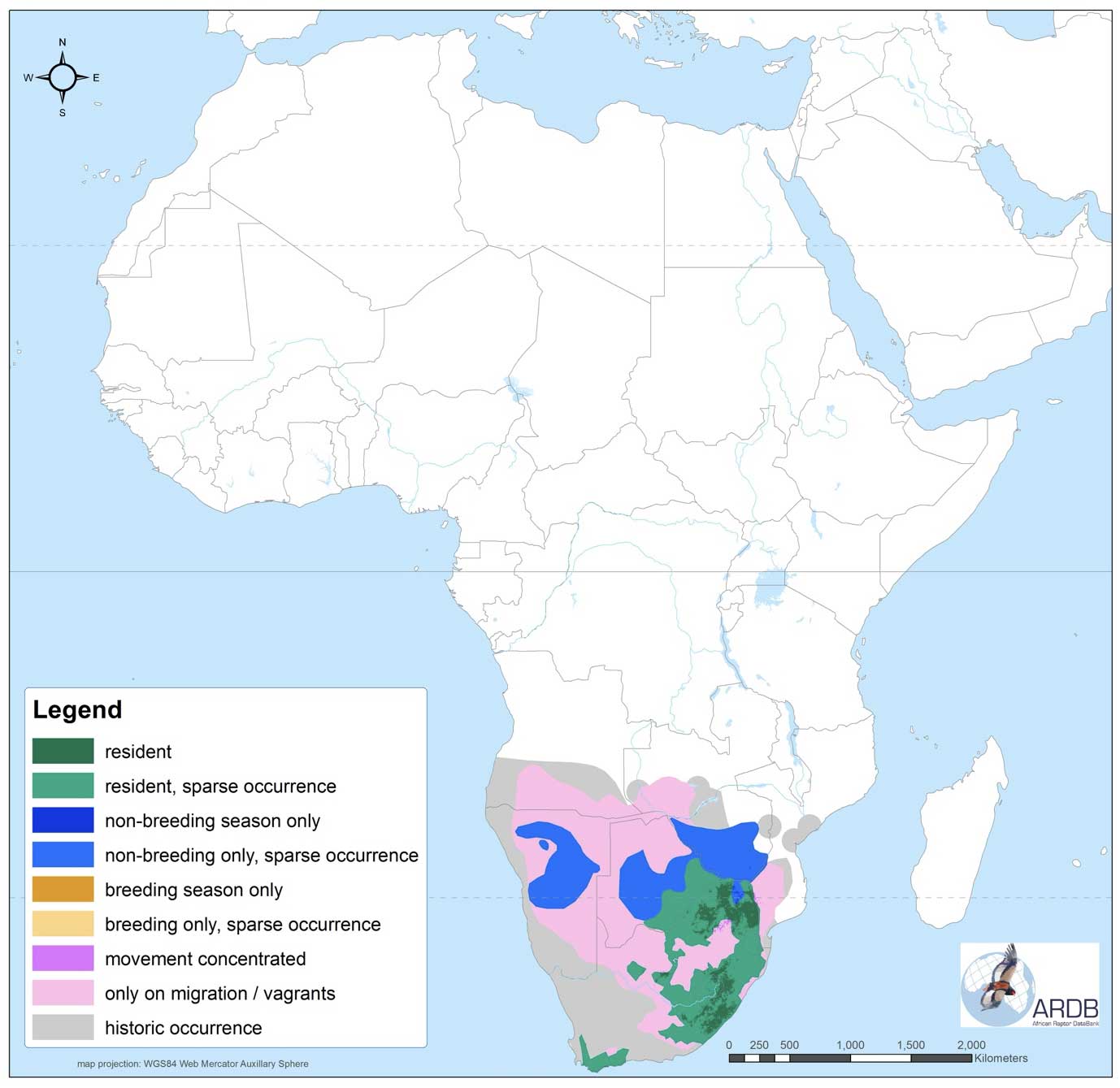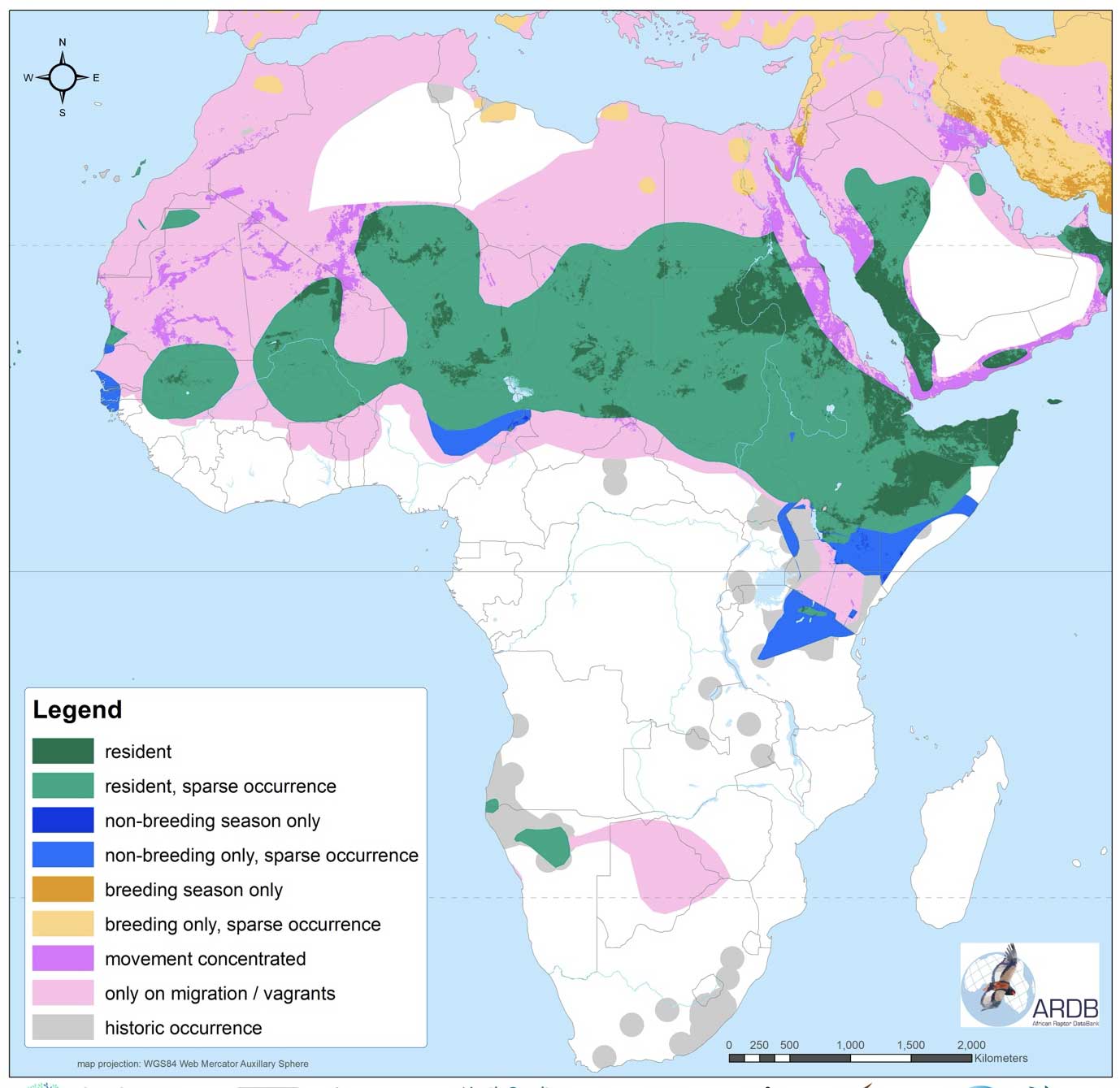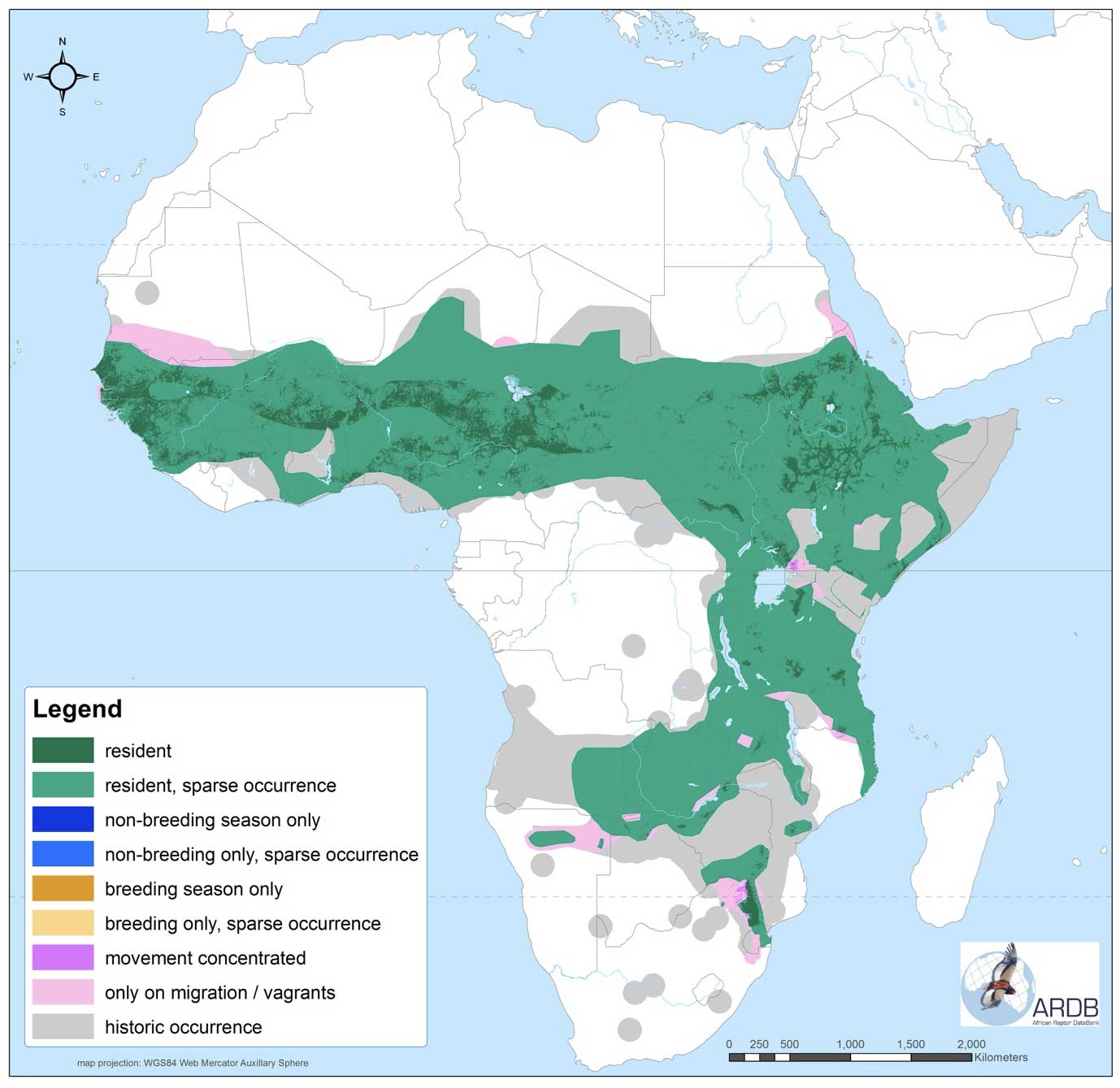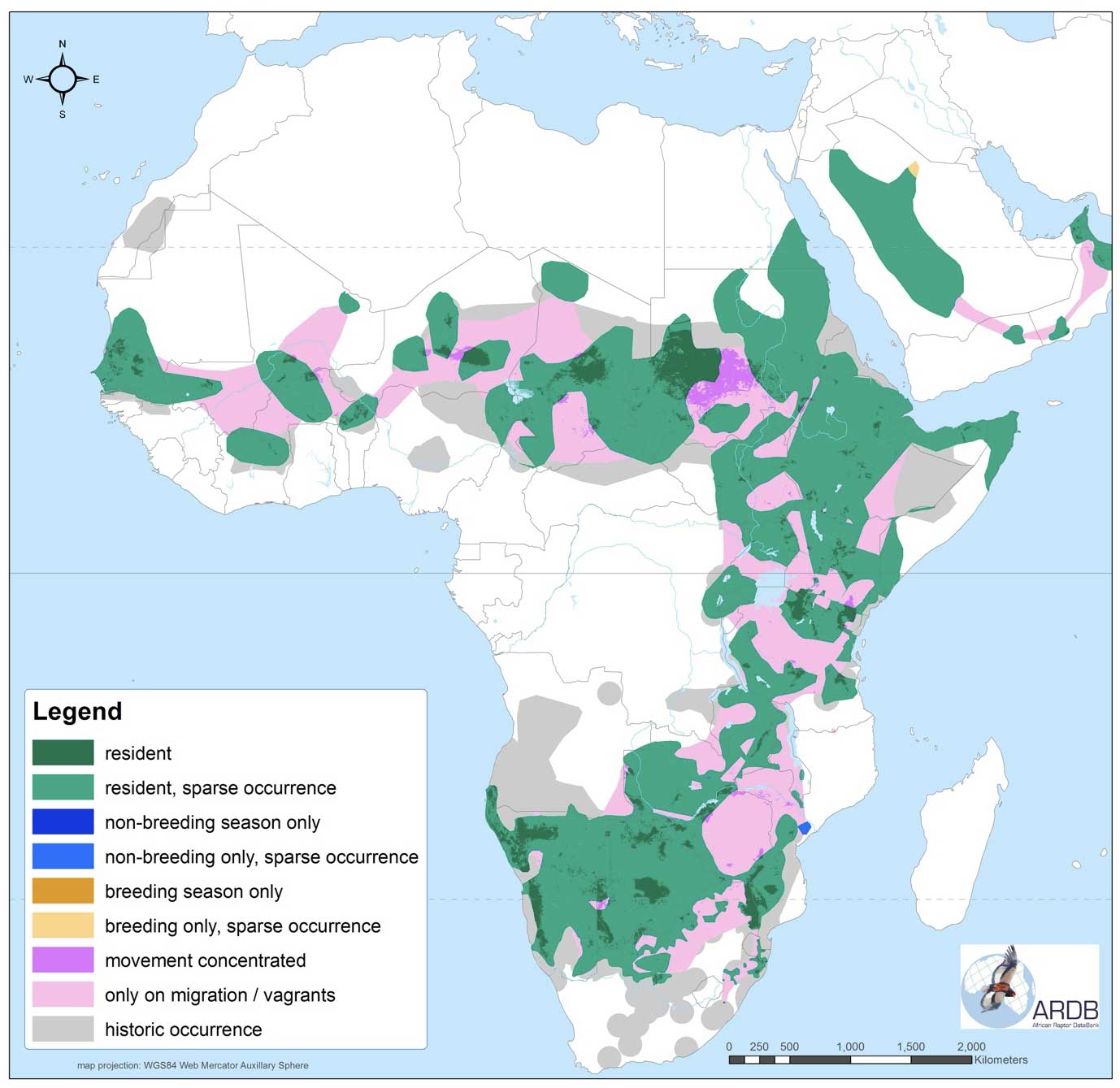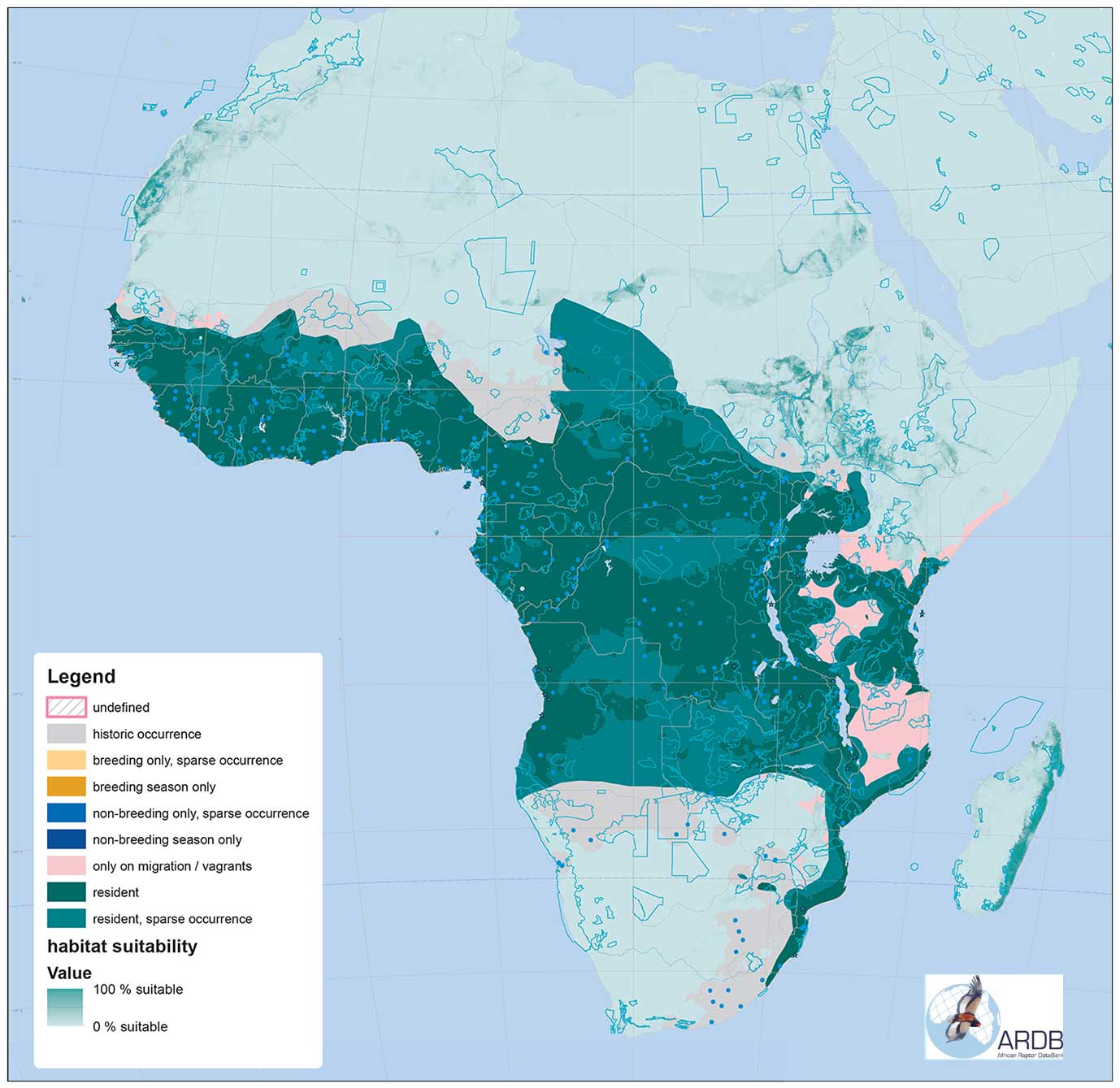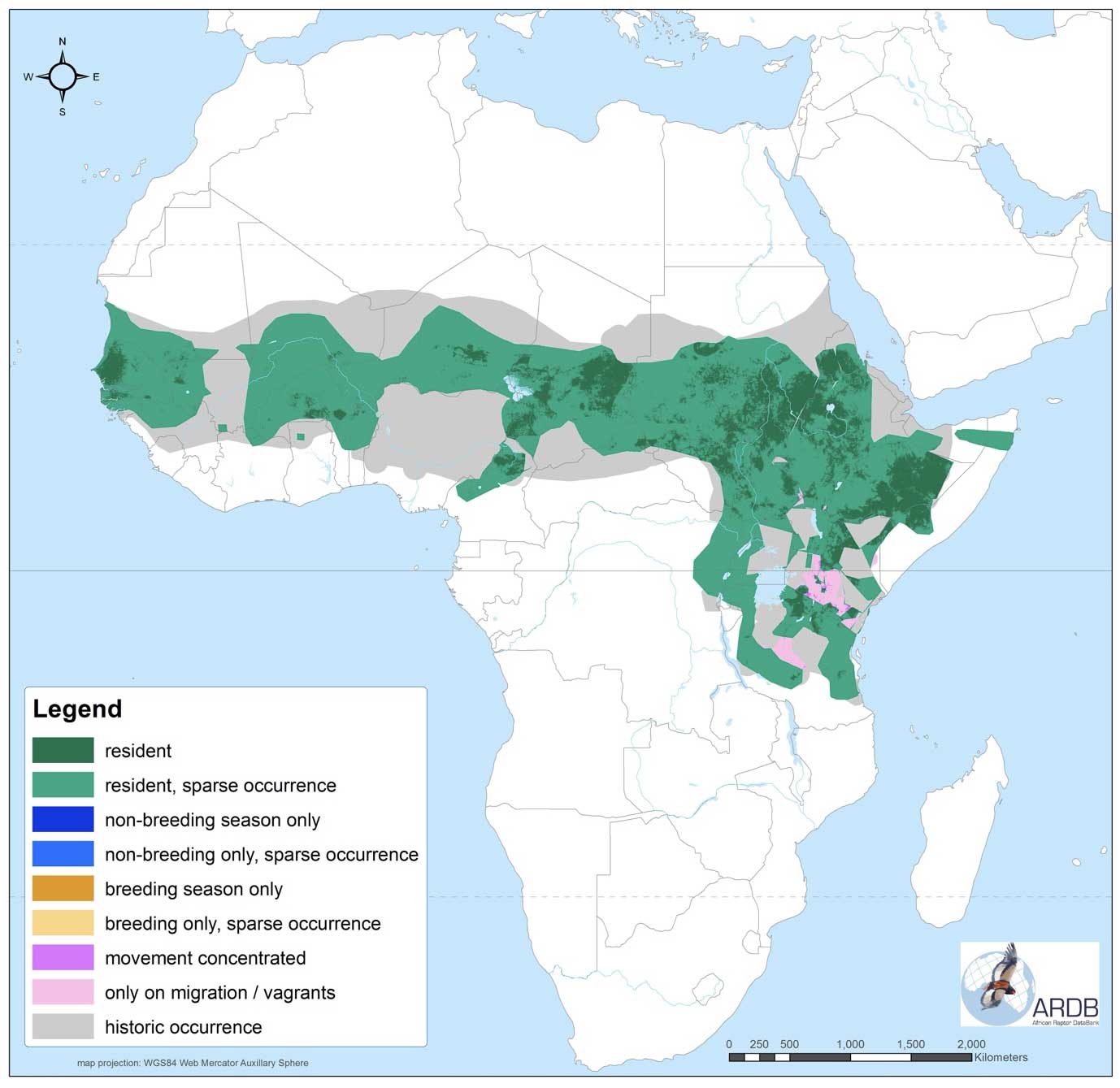The Vulture Family
Globally, there are 23 vulture species, divided into two distinct families:
- Accipitridae (Old World vultures): 16 species found across Africa, Europe, and Asia.
- Cathartidae (New World vultures): seven species native to the Americas and the Caribbean.
Despite their similar appearance and behaviours, because of convergent evolution, these two groups are not closely related. New World vultures, historically thought to be related to storks, are also referred to as buzzards.
Old World Vultures
The 16 species of Old World vultures are spread across nine genera. Of these, nine species are either resident in Africa or migrate to and from the continent. Only three species — the White-headed Vulture, Hooded Vulture, and Cape Vulture — are exclusive to Africa.
Historically widespread, African vulture populations have dramatically declined, with some species experiencing reductions of up to 95% in recent decades, leading to what is termed the ‘African Vulture Crisis’.
STATUS
Global IUCN Status
Critically Endangered
Global Population Size
270,000 Individuals
South Africa Population Size
7,350 Mature Individuals
Alternate Names
WITRUGAASVÖEL (Afrikaans)
KOPAJAMMUTLA/LENONG (Tswana)
INQELEHLANZE (Zulu)
LEAKA (Southern Sotho)
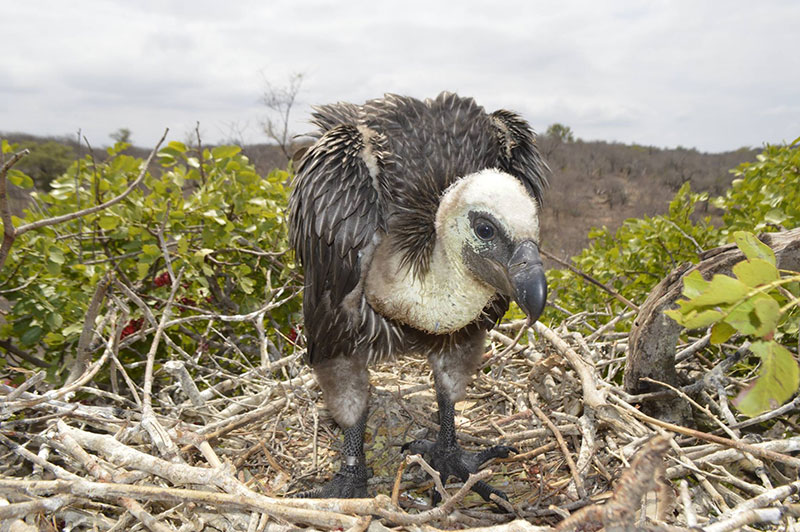
African White-Backed Vulture
Gyps africanus
First described by Salvadori in 1865, the African White-backed Vulture was once the most common vulture species across Africa.
Unfortunately, its population has declined by over 90% because of a combination of threats. This species faces significant risks from poisoning — both accidental and intentional — as well as habitat loss and degradation. The use of vultures in traditional medicine and cultural practices further exacerbates their decline. Electrocution, and collisions with power lines also pose severe threats, particularly because their nests are often located on pylons.
As a gregarious species that nests in trees and roosts in large groups, the White-backed Vulture is highly vulnerable to disturbances and environmental changes.
STATUS
Global IUCN Status
Near Threatened
Global Population Size
1,300 – 6,700 Mature Individuals
South Africa Population Size
200 Mature Individuals
Alternate Names
BAARDAASVOËL (Afrikaans)
UKHOZILWENTSHEBE (Zulu)
NTSU (Sotho)
SEODI (Southern Sotho)
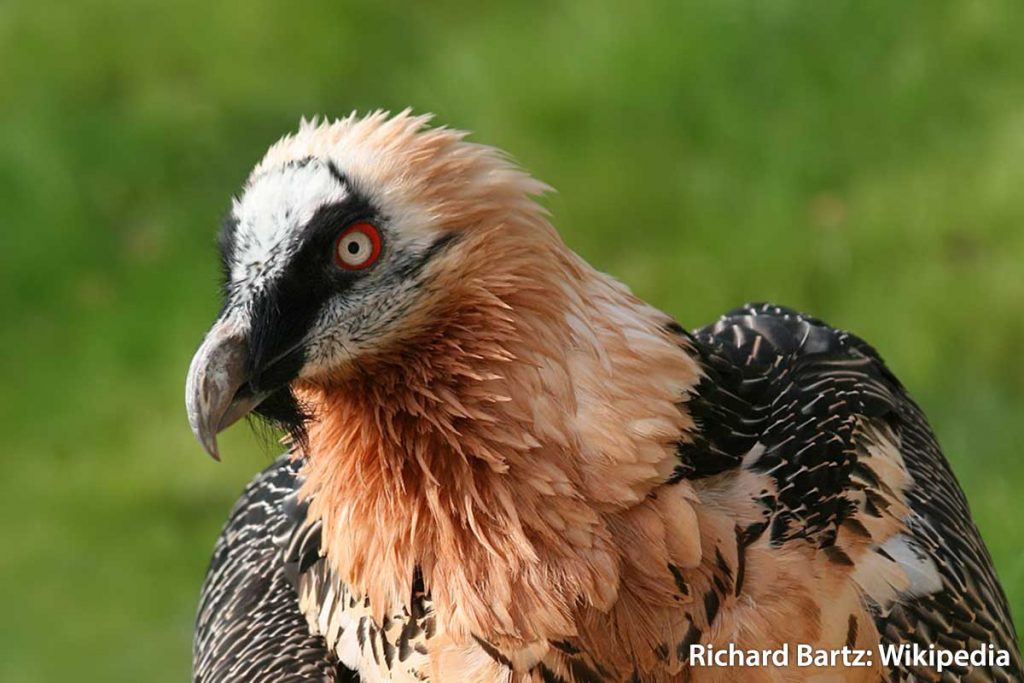
Bearded Vulture
Gypaetus barbatus
First described by Carl Linnaeus in 1758 as Vultur barbatus, the Bearded Vulture, also known as the Lammergeier, is renowned for its bone-eating habits.
This species inhabits remote mountainous regions, including the Maloti-Drakensberg mountains of South Africa. It is heavily impacted by collisions with power lines and wind turbines, which cause significant injury and mortality. Other threats include non-targeted poisoning from agricultural chemicals and lead contamination, disturbance of nesting sites, and habitat degradation. The Bearded Vulture’s dependence on large carcasses and bones makes it particularly susceptible to declines in food availability because of reduced wild ungulate populations and habitat conversion.
STATUS
Global IUCN Status
VULNERABLE
Global Population Size
12 714 Mature Individuals
(6 357 BREEDING PAIRS)
South Africa Population Size
9 621 Mature Individuals
(4 810 BREEDING PAIRS)
Alternate Names
KRANSAASVOËL (Afrikaans)
DISWAANE/LENÔNG (Tswana)
IHLANGA (Xhosa)
IDLANGALENTABA (Zulu)
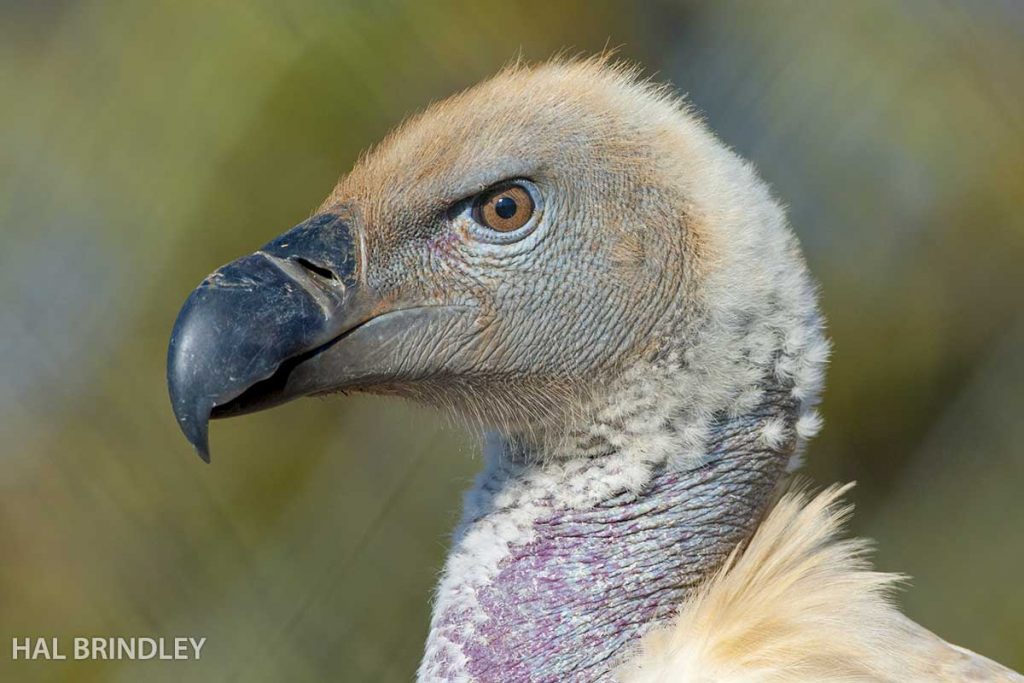
Cape Vulture
Gyps coprotheres
Described by JR Forster in 1798, the Cape Vulture is the largest vulture species in southern Africa and the only endemic resident vulture of the region.
Its population is now largely restricted to South Africa, with smaller numbers remaining in Botswana, Lesotho, and Mozambique. Historically widespread, the Cape Vulture has suffered severe declines caused by a range of threats. These include poisoning from toxic veterinary drugs, contamination of food sources, electrocution, and collisions with power lines. Habitat loss and degradation, particularly through agricultural expansion and urban development, also contribute to the species’ decline.
As a cliff-nesting and wide-ranging scavenger, the Cape Vulture’s large group size means that negative impacts can affect substantial portions of the population.
STATUS
Global IUCN Status
Endangered
Global Population Size
12,000 – 38,000 Mature Individuals
South Africa Population Size
Extinct
Alternate Names
EGIPTIESE AASVOËL (Afrikaans)
MPENYANI (Tsonga)
INKQO (Xhosa)
UPHALANE (Zulu)
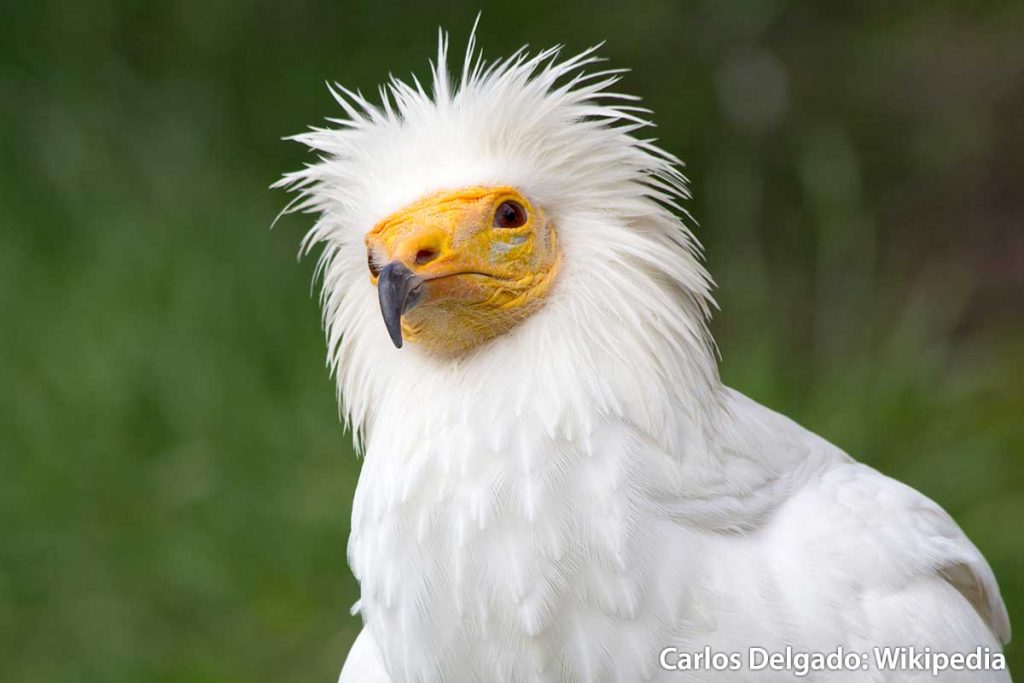
Egyptian Vulture
Neophron percnopterus
Originally described by Carl Linnaeus in 1758 as Vultur percnopterus, the Egyptian Vulture is notable for being one of the oldest evolutionary lineages of vultures within the Accipitridae family.
This species was once widespread in South Africa, but is now a rare vagrant and regionally extinct in southern Africa. Across its range in northern Africa, Europe, and Arabia, the Egyptian Vulture faces multiple threats. These include poisoning (both intentional and incidental), food scarcity caused by declines in ungulate herds, and persecution by farmers. Other significant risks include electrocution from power lines, collisions with wind turbines, and harvesting for traditional medicines.
STATUS
Global IUCN Status
Critically Endangered
Global Population Size
197,000 Individuals
South Africa Population Size
100 – 200 Mature Individuals
Alternate Names
MONNIKAASVOËL (Afrikaans)
MOTHLANKA-WAMANONG (Tswana)
INQELINCANE (Zulu)
KGONYAITO (Southern Sotho)
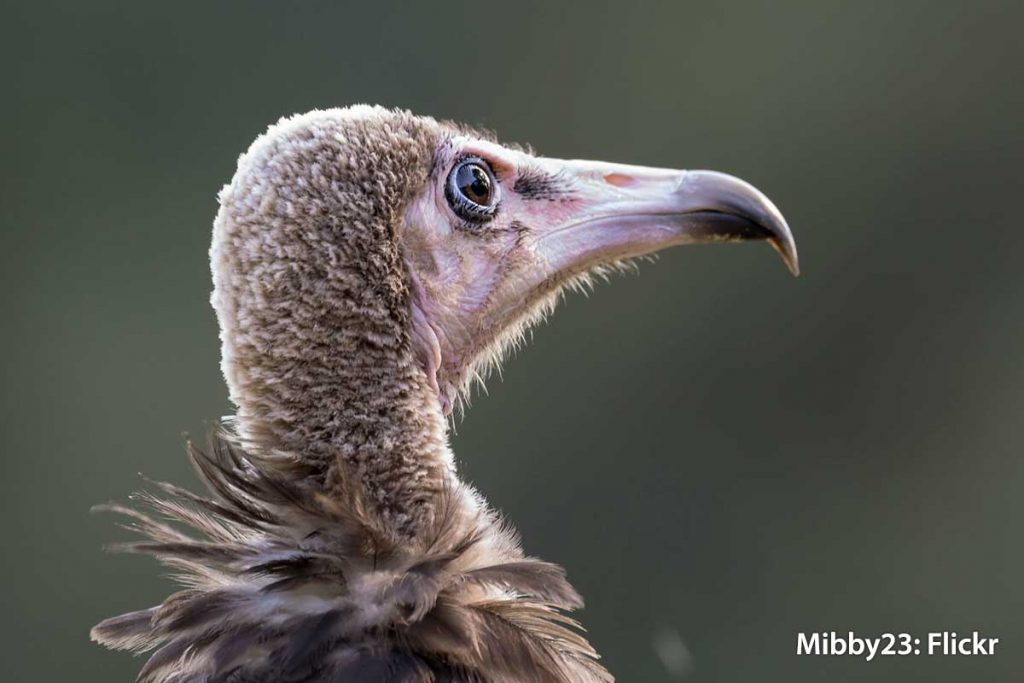
Hooded Vulture
Necrosyrtes monachus
Described by CJ Temminck in 1823, the Hooded Vulture is the sole member of the genus Necrosyrtes.
This small vulture species is native to sub-Saharan Africa, where it has experienced rapid population declines across its range. Once common, the Hooded Vulture now faces threats such as direct persecution for bushmeat and traditional medicine, particularly in Central and West Africa. It is also vulnerable to non-targeted poisoning and habitat loss. This species tends to live in close association with human settlements, increasing its exposure to various hazards and contributing to its declining numbers.
STATUS
Global IUCN Status
Endangered
Global Population Size
8,500 Individuals
South Africa Population Size
338 Mature Individuals
Alternate Names
SWARTAASVOËL (Afrikaans)
BIBING/LENÔNG (Tswana)
ISILWANGANGUBO (Xhosa)
INDLANGAMANDLA (Zulu)
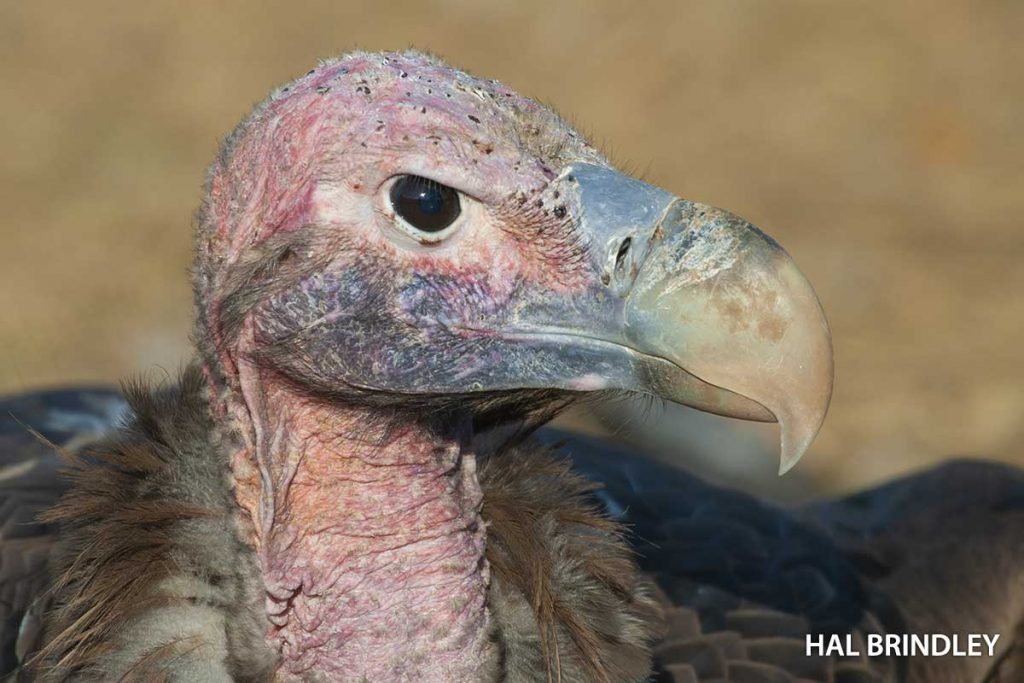
Lappet-faced Vulture
Torgos tracheliotos
First described by JR Forster in 1791, the Lappet-faced Vulture, also known as the Nubian Vulture, is the largest vulture species in Africa, with a wingspan of 2.5 to 2.9 metres.
It is distributed across savannah, desert, and mountainous areas throughout Africa and Arabia. This vulture faces severe threats from various forms of poisoning, including accidental poisoning from predator control measures and deliberate poisoning for traditional medicine. Additional challenges include habitat loss because of agricultural expansion, nest predation, and competition for nesting sites. The Lappet-faced Vulture’s large size and wide-ranging habits mean that negative impacts can have significant effects on its population.
STATUS
Global IUCN Status
Least Concern
Global Population Size
Unknown
South Africa Population Size
Unknown
Alternate Names
WITAASVOËL (Afrikaans)
GUNGWA/NGUNGWAMAWALA
(Tsonga)
INQEMVUMA (Zulu)
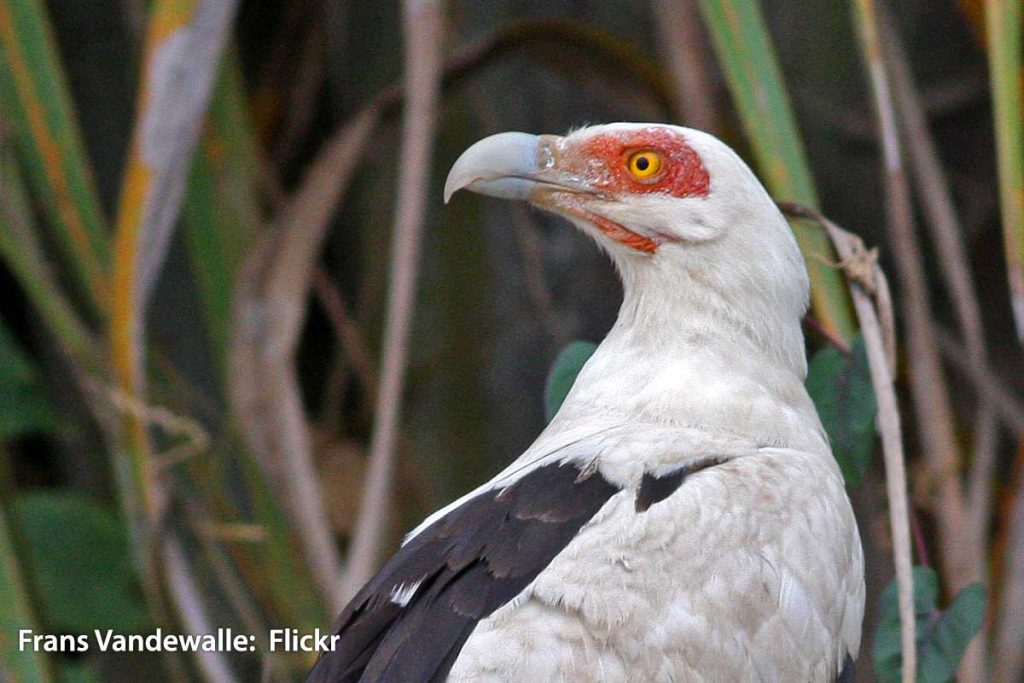
Palm-nut Vulture
Gypohierax angolensis
Described by JF Gmelin in 1788, the Palm-nut Vulture is unique in its predominantly vegetarian diet, feeding mainly on raffia palm fruits alongside small vertebrates and invertebrates.
It is the only African vulture listed as ‘Least Concern’ by the IUCN due to stable population trends. However, the Palm-nut Vulture is experiencing pressures from habitat loss caused by the expansion of oil palm plantations. This habitat alteration leads to increased disturbances and reduced nesting opportunities, though the species is not directly persecuted.
STATUS
Global IUCN Status
Critically Endangered
Global Population Size
22,000 Individuals
South Africa Population Size
Vagrant
Alternate Names
RÜPPELLSE AASVOËL (Afrikaans)
LENONG LA MEBALABALA
(Northern Sotho)
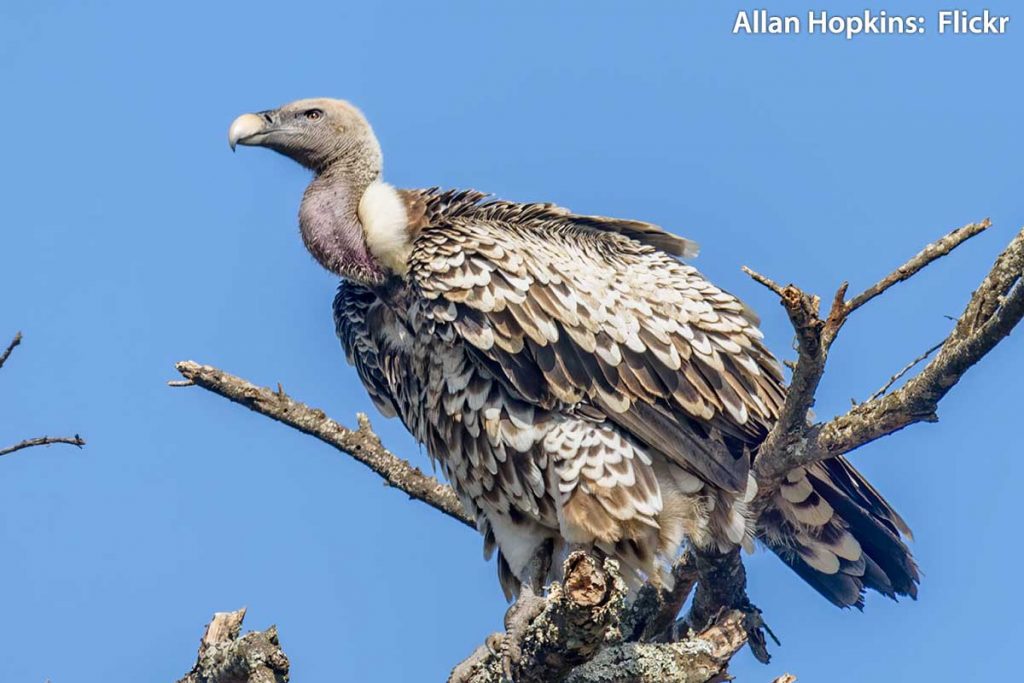
Rüppell’s Griffon Vulture
Gyps rueppelli
Named after German explorer Eduard Rüppell, and first described in 1852, Rüppell’s Griffon Vulture has suffered a dramatic population decline of approximately 97% across its Pan-African range.
This species is known for its high-flying capabilities, and is now rarely seen in southern Africa. Threats include habitat conversion, poisoning (both deliberate and from toxic veterinary drugs), and reduced availability of food resources.
Rüppell’s Vulture forms breeding colonies on cliffs, and is particularly vulnerable to similar threats as other vulture species, such as habitat degradation and human persecution.
STATUS
Global IUCN Status
Critically Endangered
Global Population Size
3,685 Mature Individuals
South Africa Population Size
160 Mature Individuals
Alternate Names
WITKOPAASVOËL (Afrikaans)
UKHANDELIMHLOPHE (Zulu)
NKOTIMPENYANA (Tsonga)
LENONG LA HLOGOŠWEU
(Northern Sotho)
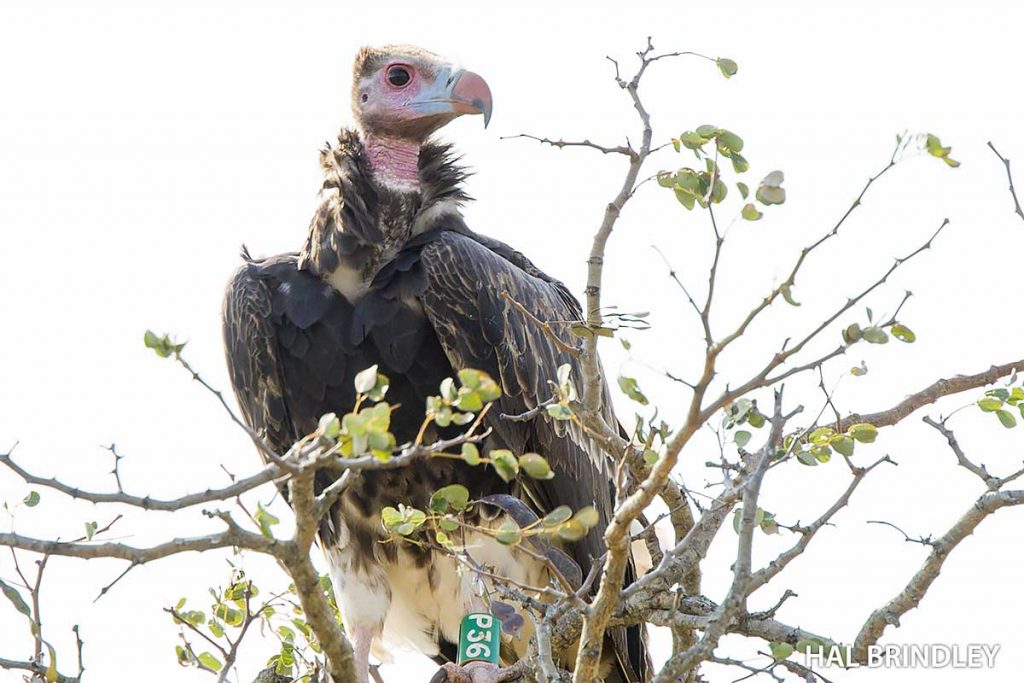
White-headed Vulture
Trigonoceps occipitalis
First described by WJ Burchell in 1824, the White-headed Vulture is a monogamous and territorial species currently experiencing rapid declines across its western and southern African range.
It is now largely confined to protected areas within the Lowveld and Zululand. Significant threats to the White-headed Vulture include habitat degradation, reduced food availability, and targeted poisoning for the pet trade, witchcraft, and as a poaching sentinel. The species is highly sensitive to land-use changes and remains vulnerable to various anthropogenic pressures.

